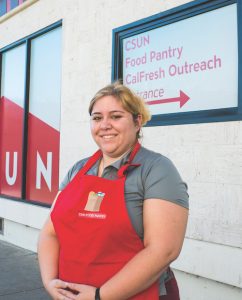Empowering Students to Grow Into Educated Adults
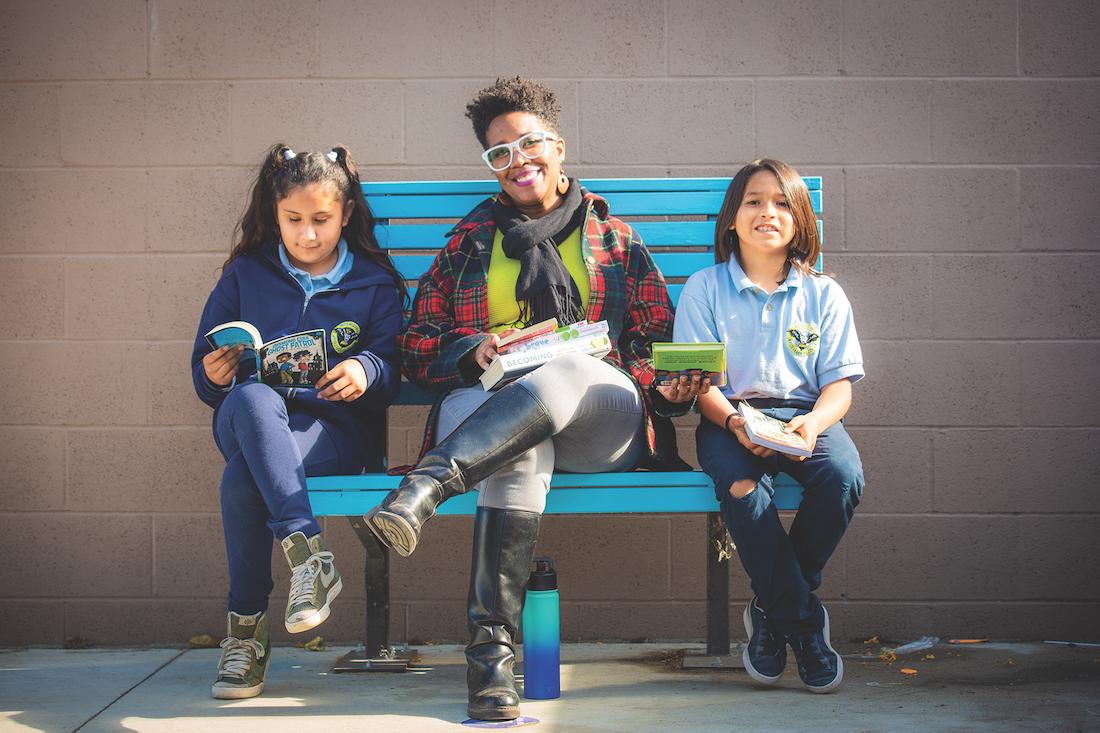
When it comes to preparing for college, many students already have an idea of what to expect. They’ve rooted for their parents’ alma maters in football games since childhood, visited their older siblings’ dorm rooms, and been told by peers what AP classes they need to take to get into their preferred school.
But for many aspiring higher education learners in Los Angeles – those who are first-generation Americans or the first of their families to even consider the possibility of attending college – there is no knowledge pipeline to pull from. No memories from their families to use as guidance. And little idea of how to achieve their dream.
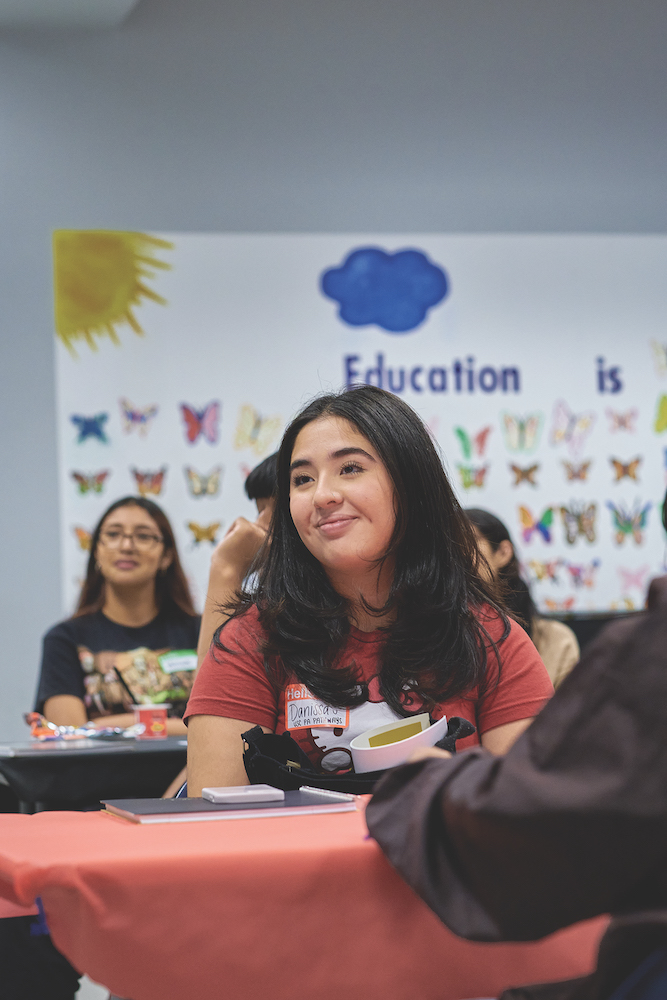
There’s a reason why the higher education system and later, high-earning jobs, are so far behind when it comes to diversity. Students of color face unique barriers to success across all communities and the challenges they face when they are young and trying to learn follow them through to every aspect of their budding lives.
In the California public school system, 14 percent of African American students and 10 percent of Latino students drop out of high school compared to just 6 percent of white students.
While the achievement gaps left by family income, race, and family life have persisted for decades, it’s only been in more recent memory that this major social problem has become a national priority – leading to important debates over how to fill the void and create a level playing field for all students.
Helping children overcome these varied hurdles sometimes comes down to meeting them where they are based, and giving them the tools and community support they need in order to be the best versions of themselves. But schools and teachers aren’t always equipped to do this. Instead, the work comes down to countless volunteers and innovative nonprofit organizations who have realized that the education gaps can often be bridged by building community trust and offering resources outside of the school room.
Supporting kids in need can be as simple as equipping them with basic necessities – like free reading glasses.
According to the American Optometric Association, one in four children has vision problems. Despite this, most children in low-income areas won’t receive the glasses they need to see clearly at school. That handicap has a resounding impact. Students who can’t see what they are reading, are often labeled slow learners and are more likely to drop out, research shows.
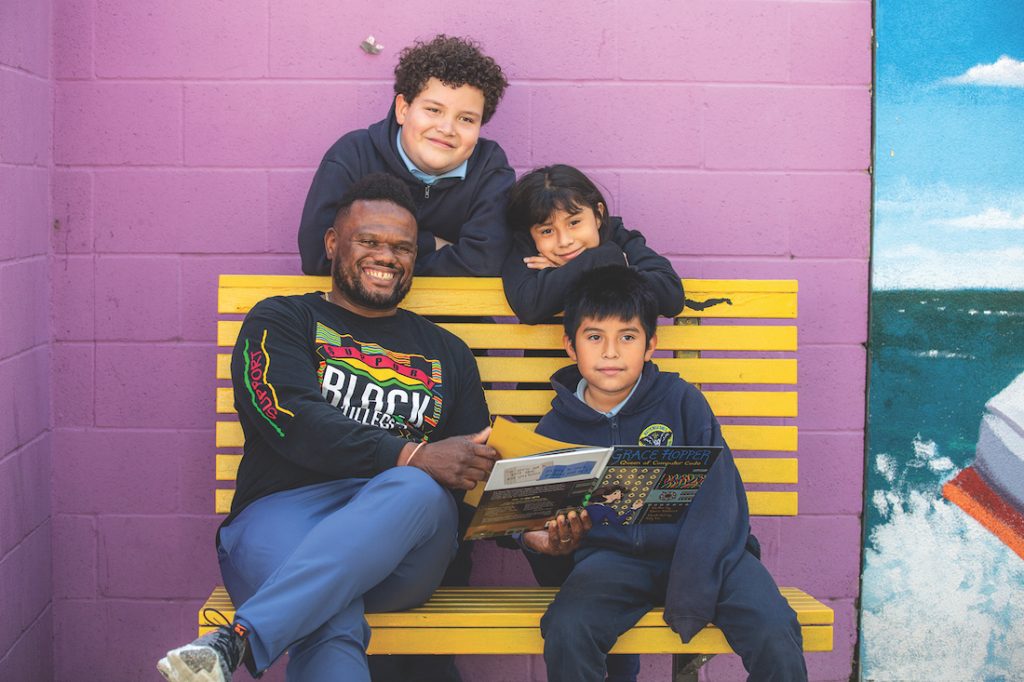
The nonprofit Vision to Learn is focused on creating easy and free access to students in need – with the idea that eyeglasses are more than just a tool; they offer a window into a world of learning. A recent 2021 study from John Hopkins University shows that potential can flourish when children are provided with the glasses they desperately need and that offering reading glasses are among the most effective interventions known to raise academic performance.
Most children in underserved communities are eligible to receive eye care coverage under Medi-Cal, but as Austin Beutner, founder of Vision To Learn explains, “Coverage is not access.”
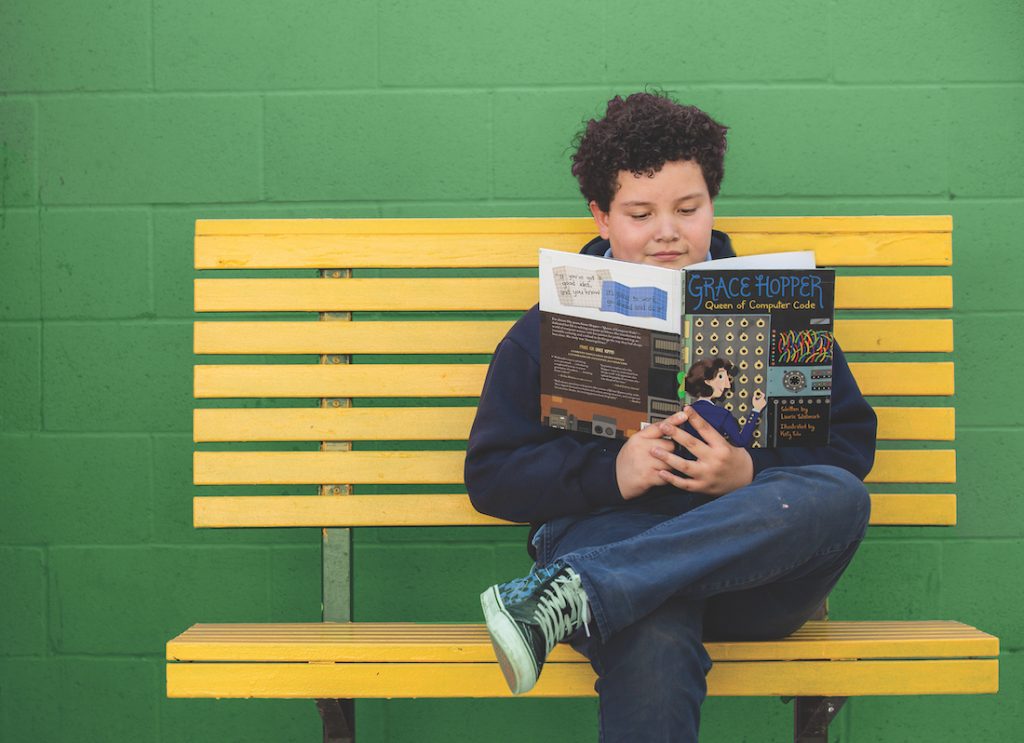
Reading is a foundational education tool. The beloved children’s author Dr. Seuss once famously wrote: “The more that you read, the more things you will know. The more that you learn, the more places you’ll go.”
Books offer people not just a learning opportunity, but on a deeper level, escapism. That’s why access to books is such a huge focus in Los Angeles. Public libraries offer readers free access to a never ending array of adventures, fantasies, and dreams. But, like the public school systems, not all neighborhoods have equal access to these free resources. Programs like The Book Truck and Access Books focus on getting books into the hands of children and teens in neighborhoods devoid of libraries or who go to schools whose libraries have limited resources to buy new literature.
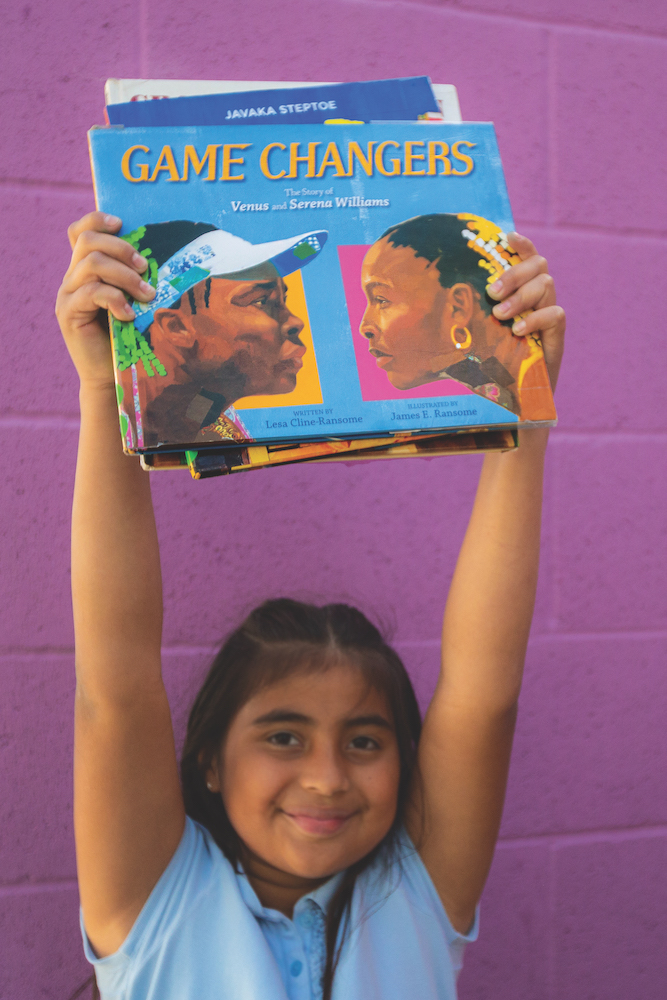
But sometimes, helping kids learn to read isn’t just about educational success, but it’s about escaping a harrowing alternative – a life behind bars. Studies show that two out of three students who cannot read proficiently by the end of fourth grade will end up incarcerated or on welfare as adults.
“No one wants to say it, but the private prison system tracks a key number when predicting how many prisons will need to be built for the next 10 years. That number is the third-grade illiteracy rate,” says Joe Blackstone, who co-founded J3 Foundation with his wife, Jamie Mohn, in 2018.
The employees at J3 focus on helping students in Los Angeles’s Compton neighborhood avoid being another statistic by empowering them with literacy. The primary objective is to increase literacy rates in early childhood so that no child leaves the school system so under-educated and demoralized that going to prison is in their future.
Through their innovative two-hour after-school Cozy Reading Club, young kids are placed in intimate groups where they do a variety of group activities from mindfulness meditation to sustained silent reading, all carefully designed to give them a safe space to explore a new relationship with books and create a positive bond with reading. Teachers there read aloud picture books to model fluent reading and afterwards ask students to reflect on the stories with the group and through journaling to continue to help them build their academic vocabularies and comprehension. A main part of J3’s mission is also to increase book access. All students have access to over 5,000 carefully curated diverse and inclusive books within the organization’s lending library program.
Literacy is especially important in the state of California, where learning gaps have been found to be persistent. A 2020 study by the state’s Legislative Analyst office found that “Year after year, Latino and African American students consistently have lower average state standardized test scores than white and Asian students. Latino and African American students also tend to have worse outcomes on other academic performance measures, such as attendance and suspension rates.”
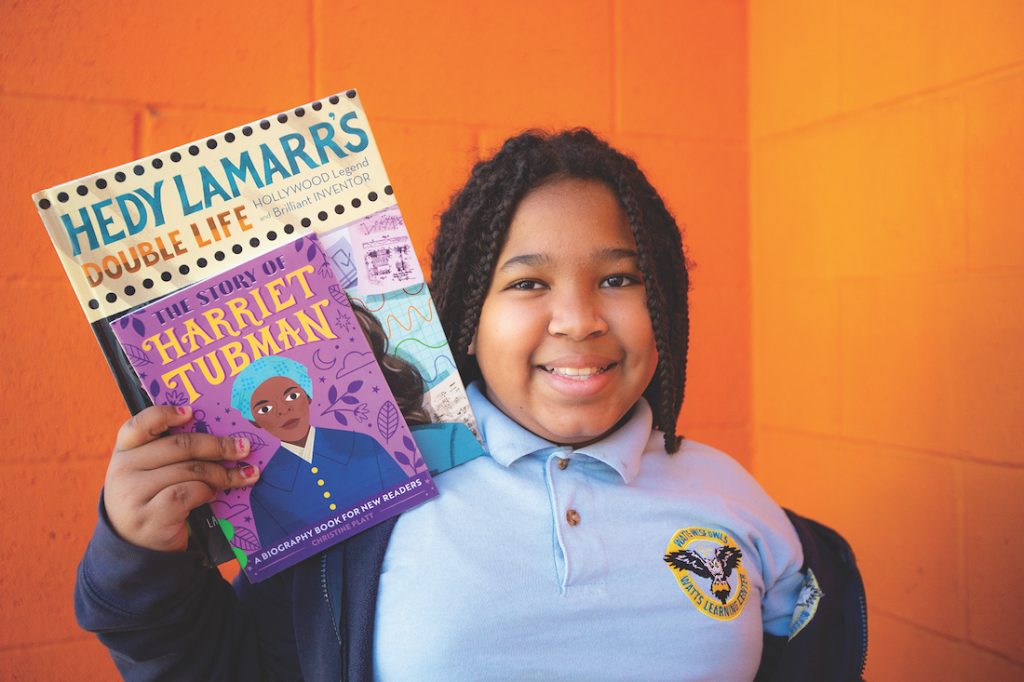
Getting into college though, might be getting harder. The Supreme Court’s recent overturning of Affirmative Action means students of color will likely find it more competitive to get accepted into top tier colleges. Studies have found that in the nine states – including California – where race-based admissions were previously banned in favor of other programs styled to get more students of color into schools, they were ultimately unsuccessful. The University of California, for example, revealed consistently low enrollment rates for students of color, even with the large investment in alternative ways to boost diversity among applicants.
This reality means, for students of color, getting into college will require them to be more competitive. But how can disadvantaged children and youths possibly do this?
“Sometimes you get messaging from students like, “We can’t do that” and you have to demystify that and say, “Yes, there are so many careers, whatever your interests are can be realized, you just have to have access,” said Jerome Greening, chief executive officer of PUENTE Learning Center.
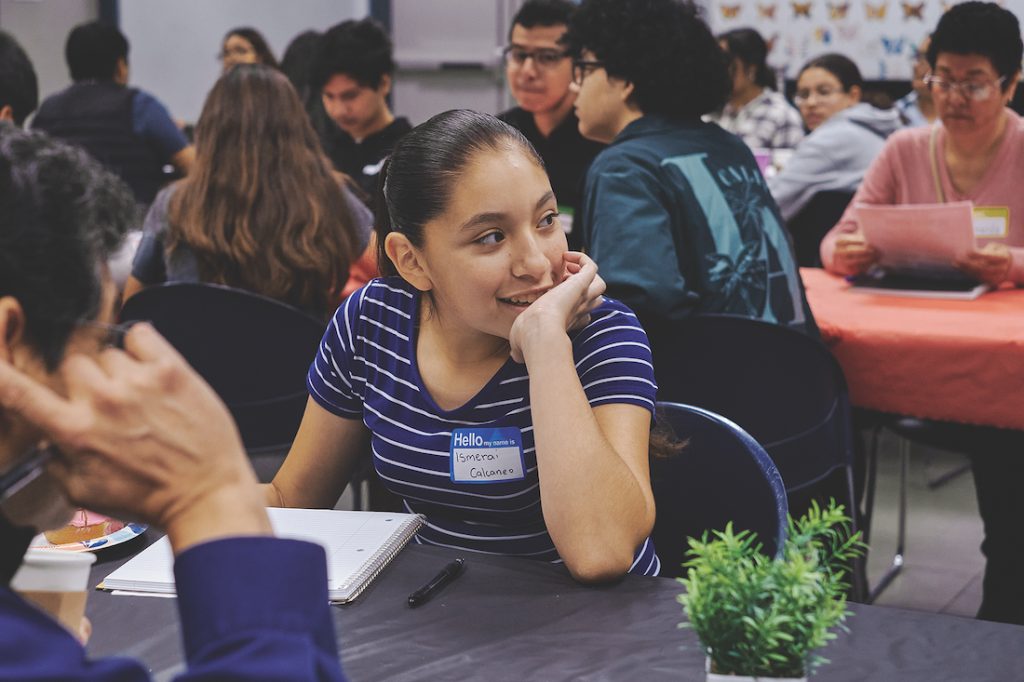
Located in the majority Hispanic “gateway” community of Boyle Heights in East Los Angeles, the nonprofit organization recognizes the knowledge barriers families have when it comes to understanding how elementary and high school success translates to real world empowerment. It works closely with the community from young education through college, to help students navigate the long process of college preparation and attain their ultimate dreams.
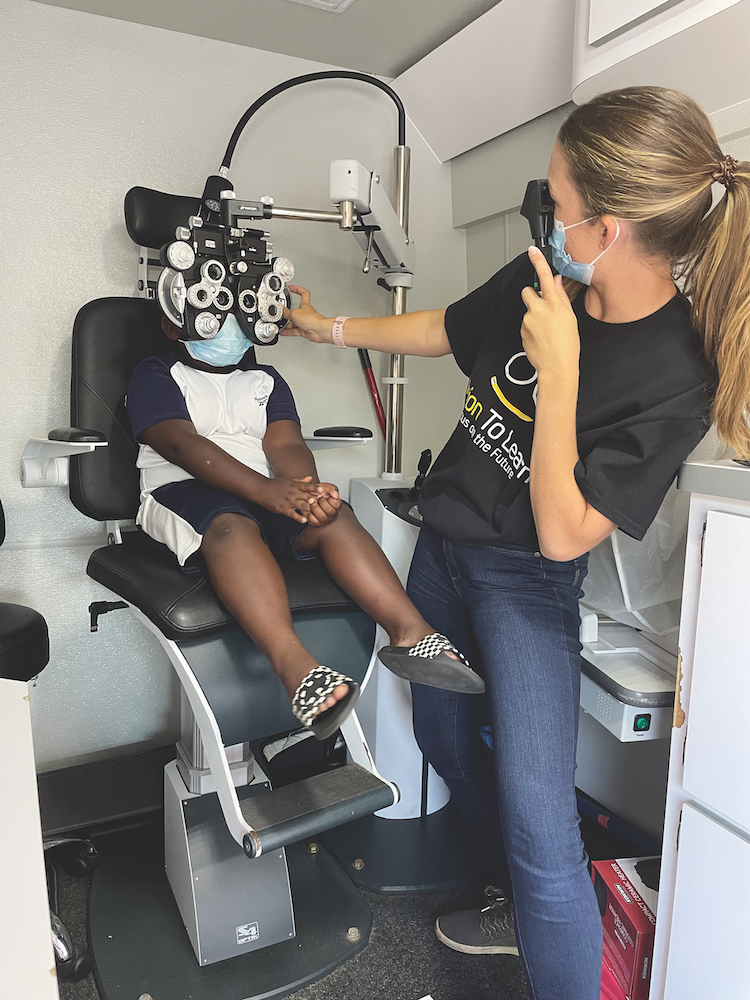
“The data speaks to the challenging aspects of the low education, low attainment level. The income in the community is at the poverty level and it’s compounded by the lack of available resources,” says Greening. “For us, it’s letting our families know there are resources and how to access them. That’s why we tell them GPA and taking AP classes and starting to explore your career so you can say what you’re interested in on your application is so important. That experience is what it takes to be successful for four years of high school, and then of course they keep going.”
But students face just as many challenges after they’ve received their thick college acceptance packets in the mail. Once matriculated onto campus, it then becomes just as important that students are supported while they learn.
The four years of college are pivotal moments for young adults – they should be fun and enlightening, helping them master the educational and life skills needed to embark on their chosen careers. Yet, college life can be a crash course for those who come from homes where no one else had graduated college, let alone high school. Furthermore, the challenges low-income and students of color face in college are not the same as those facing their peers.
With that in mind, PUENTE offers a 10-year College and Career Program, which equips low-income youth of color with the tools and support they need to be successful in college and obtain a competitive degree. For a decade, participating students are offered college readiness classes, leadership training, scholarships, case management, and ongoing mentorship. The idea is about community. It makes sure students have people they can reach out to who understand their backgrounds and unique needs.
While the graduation rates for college students of color are among the lowest in the nation, the percentages are even worse for kids who came out of the foster system or who are the first in their family to make it to college. As little as 4% of foster youth receive their college diploma, according to a recent College Pathways report. And only 20% of first-generation college-goers put on a cap and gown, according to the U.S. Department of Education.
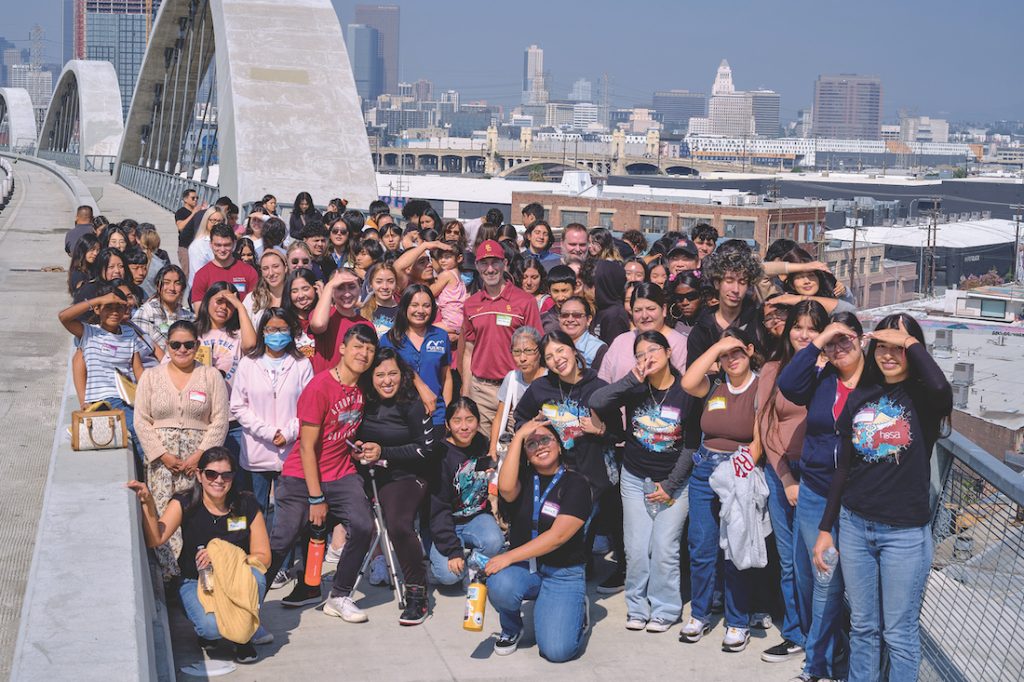
So what happens after the pomp and circumstance, when life gets real? That’s where Ready to Succeed (RTS) comes in. The nonprofit organization is focused on getting students a diploma in hand and then onto life-long careers.
“These kids are strong. They have made it to college. But they are still likely to fail because there are obstacles at every turn,” says RTS Co-Founder Patrick McCabe. “It’s easy to take for granted all the things parents do from giving advice about finances to simply providing confidence. At Ready to Succeed, we are kind of like parents, and we focus our efforts on providing scholars with what they need, when they need it.”
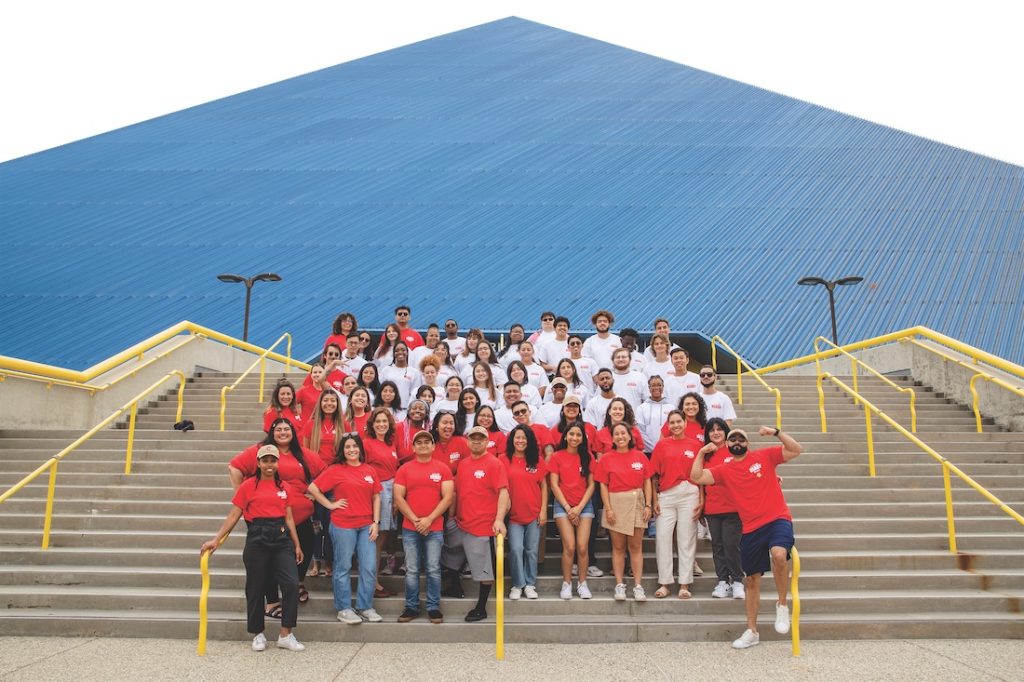
Another aspect that the organization focuses on through a scholarship, is making sure students and those in their nascent careers can show up as their best selves – which means providing them with basic living expenses. Even with college scholarships, research shows that underserved students are on average $5,000 short of being able to meet their basic needs such as feeding themselves, paying rent, and purchasing school supplies.
When it comes to empowering students in Los Angeles, it’s about more than just giving kids learning opportunities; it’s about understanding their limitations, their fears, and mostly, their dreams. And then helping them take full advantage of every chance they get.
“We want to give them the opportunity to think about their future, not just survive,” says Romi Lassally, co-executive director and co-founder of RTS.
According to Greening, CEO at PUENTE Learning Center, the goal at the end of the day isn’t just to help students create successful careers and hopefully happy lives – but to generate pride in themselves. To be resilient and proud of their own accomplishments.
“It’s helping them get that concept of independence and self-sufficiency – that you’re equipped to do it all and that you’ve earned that life because you navigated all of those systems and your dreams have been realized.”
